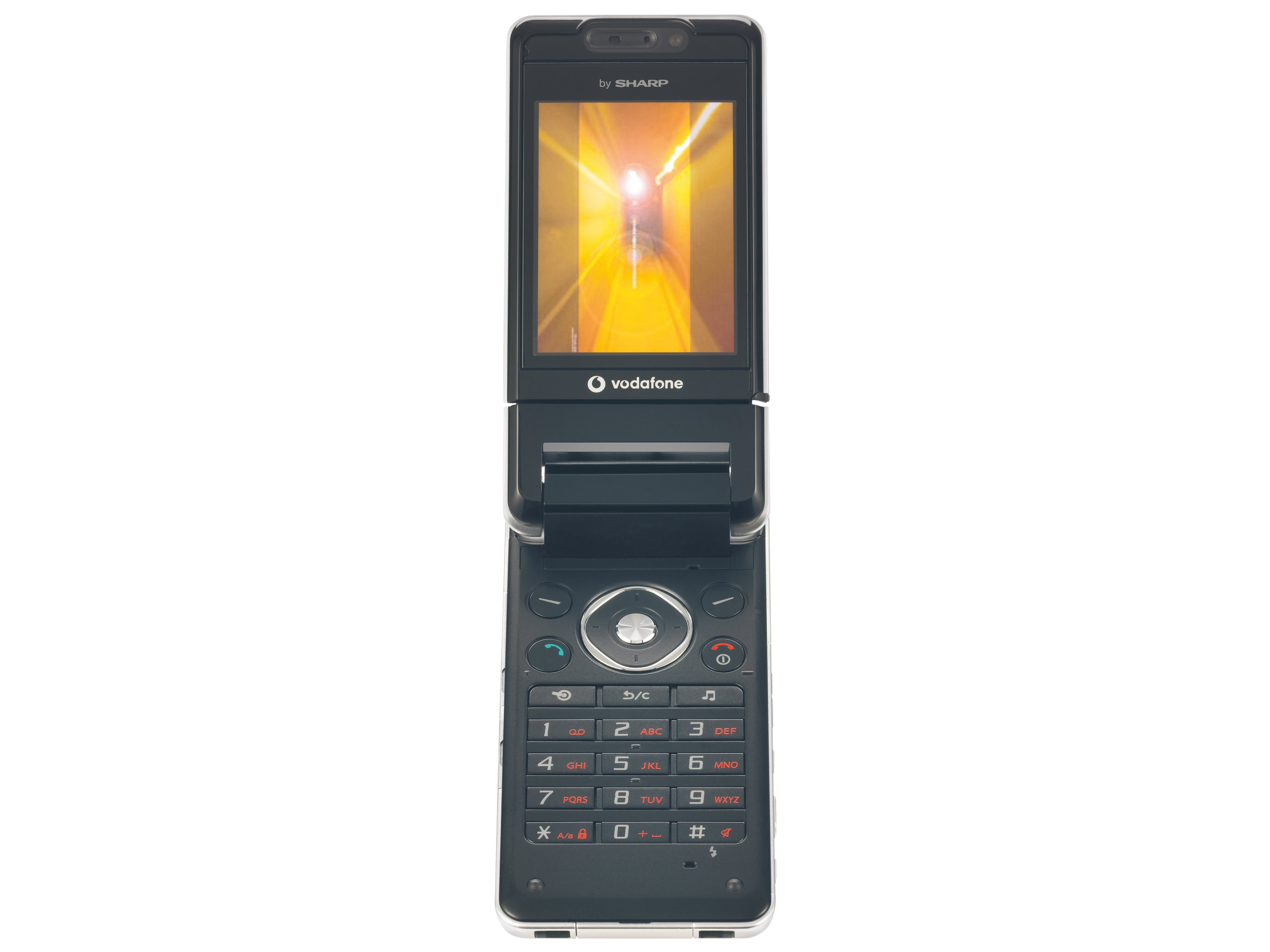TechRadar Verdict
Its high price and chunky size mean the 903 isn't the handset to kill off the budget camera market just yet. But with 3MP images that rival the cheapest budget cameras and a fine selection of usable phone and multimedia features, it's the closest thing yet to a true convergence device.
Pros
- +
Packed full of goodies
Great camera
Cons
- -
It's not free on contract
Why you can trust TechRadar
For camera phone manufacturers, three has always been the magic number. When you reach 3MP, images can be printed out at 10x15cm without visible pixellation. And that has implications for the whole camera market - why carry a separate camera and a phone?
The Sharp 903, available only through Vodafone, is the first mobile to break that 3MP barrier. It's a successor to the popular 902 handset, although the 903's high-gloss black finish looks more business-like. It isn't large for a 3G phone, but if you're upgrading from a GSM handset you might find it a handful.
The clamshell design flips open to reveal a stunning 2.4-inch screen that's among the sharpest and most colourful around. When using the phone or accessing 3G services, this presents a crisp interface with clear menus. Hit the Camera button and the entire screen frames your subject, with camera info overlaid.
The 903 really comes into its own when you rotate the screen and fold it back to create a landscape-format camera. The side buttons are now on top of the phone, controlling the zoom, creative options and, of course, a shutter release. There are a few problems with this layout, however. The lens is located at the extreme left side of the camera, so watch for straying fingers, and the buttons themselves are small and fiddly.
Strong and silent
The 903's silent 2x optical zoom is a real selling point, even if the lens only has two focal lengths. On the features side, you have image sizes up to 2,048x1,536 pixels, exposure compensation, and a manual focus setting. Scene modes include text, backlit or night portraits, and even pets.
You can choose to shoot with the front-facing VGA camera (usually reserved for video calls), or switch to a 320x240-pixel video mode with a useful choice of recording formats. Night-time shooting is helped by a built-in LED light in a choice of colours; but stick to white to avoid weird colour casts. Note that the screen isn't great in the dark.
When it comes to image quality, the fairest thing to say about the 903 is that it works. You can shoot indoors or out, in bright sunshine or with the LED light, and be sure of getting a decent, printable image. Low light shots are noisy and there's little real detail to be seen. However, colours are confident and accurate, exposure is natural and there are no problems with distortion or fringing.
Sign up for breaking news, reviews, opinion, top tech deals, and more.
But this is judging the 903 by the standards of a dedicated digital camera. In the cameraphone world, its autofocus zoom lens and resolution place it head and shoulders above other handsets. It's a brilliant phone, a useful multimedia 3G handset and, above all, a very competent snapper. Mark Harris
Tech.co.uk was the former name of TechRadar.com. Its staff were at the forefront of the digital publishing revolution, and spearheaded the move to bring consumer technology journalism to its natural home – online. Many of the current TechRadar staff started life a Tech.co.uk staff writer, covering everything from the emerging smartphone market to the evolving market of personal computers. Think of it as the building blocks of the TechRadar you love today.
